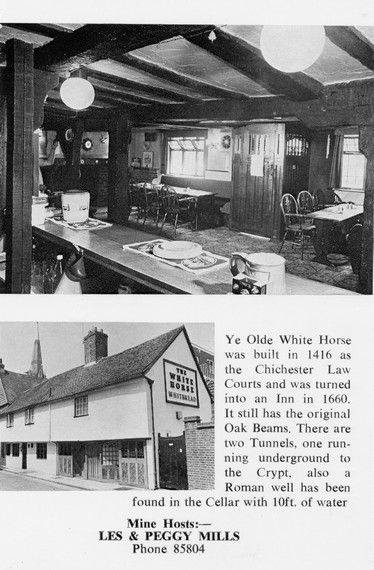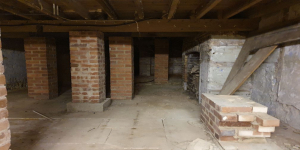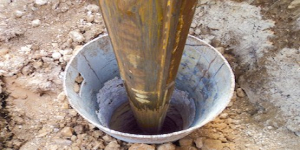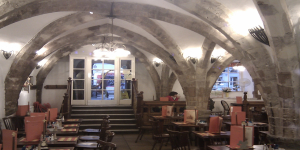Archaeology
The archaeological features of Summersdale reflect the history of Chichester
as a settlement in Roman times and earlier. The main features which fall
inside this area include several stretches of the Chichester Entrenchments, a
series of linear earthworks with ramparts and single ditches, which stretch
along the coastal plain of West Sussex. Other earthworks or entrenchments
nearby show each stretch to be part of a large defensive complex thought by
some to date from Roman times, but at Devil’s Dyke to the north west they
appear to have been constructed in the Late Iron Age between 100BC and
the Roman invasion of 43AD, but conclusive evidence is lacking.
Notable examples in Summersdale can be seen in Brandy Hole Copse and a
north-south stretch running through and beyond the grounds of
Graylingwell, both of which are Scheduled Monuments.
Analysis of historic maps shows that the principal alignment of the built
landscape and indeed the Summersdale Estate is derived from the extended
north-south and east-west alignments of the Iron Age dykes across the
area, and subsequent field patterns.
The main Roman road north from Chichester to Silchester in Hampshire runs
through Summersdale along the western boundaries of the properties which
front onto the west side of Broyle Road, although the line is not absolutely
definite. Possible side ditches of the road have been noted in several places.
In Gardiner’s map of 1772, Warren Farm was crossed diagonally SE to NW
by a track which entered a few yards west of the junction of Brandy Hole
Lane and the Lavant Road, across Mid-Lavant Common to Devil’s Dyke. The
1977 1/1250 OS map attributed the track to Roman origins, but trial
trenching in 1987 by the CDC Archaeological Unit found only gravel and no
other features. The probability is that the Roman road tracked the direction
of the nearest line feature, the entrenchment to the east of it, thereby
adding credence to the earthworks originating in the Iron Age.
Description of the Area
Overview
Charles Stride created the historic elements of Summersdale in the late
1890s with the Summersdale Estate of just four new roads — The Avenue,
Highland Road, The Broadway, and Summersdale Road. The Lavant Road
bordered his land to the west, The Drive bordered his land to the north.
Development along all of these roads began at much the same time, in
the very early 1900s. Until the middle of the 20”" Century they were little
more than gravel tracks, but most were tree-lined.
The Avenue linked Summersdale Farm with Lavant Road and Warren Farm
to the west. Summersdale Road ran north/south, linking the Barracks and
Graylingwell Hospital with The Broadway, Highland Road and The Avenue.
At its northern end, the road became The Drive, encircling the estate and
joining the Lavant Road at the northern entrance to the City (see map of
the area).
Brandy Hole Lane forms a very important graded edge to the City. It was
the southern boundary of Warren Farm, and existed as a tree-lined
country lane before the creation of the Summersdale Estate. It is semi-
rural in nature and appearance, with development along its northern edge
starting in the 1920s. Rew Lane, to the north of The Drive, was developed
in the grounds of Woodland Place in the 1950s.
The northern entrance to the City along the Lavant Road is an important
introduction to the City and its Conservation Area, a fine first impression
and a significant contribution to sense of place of both Summersdale and
the City as a whole. The urban matrix along the road is one of rural to
urban transition, with a denser morphology as one moves towards the
City.
The NE Chichester Development Brief recognised Summersdale as an
important green link and gateway into the City from north of the Downs.
It offers an attractive and uncluttered route from Lavant to the City
centre. It is a place with its own identity, yet within walking distance of
the centre.
Random articles of interest
Archaeological Evaluation at Lower Graylingwell, Chichester
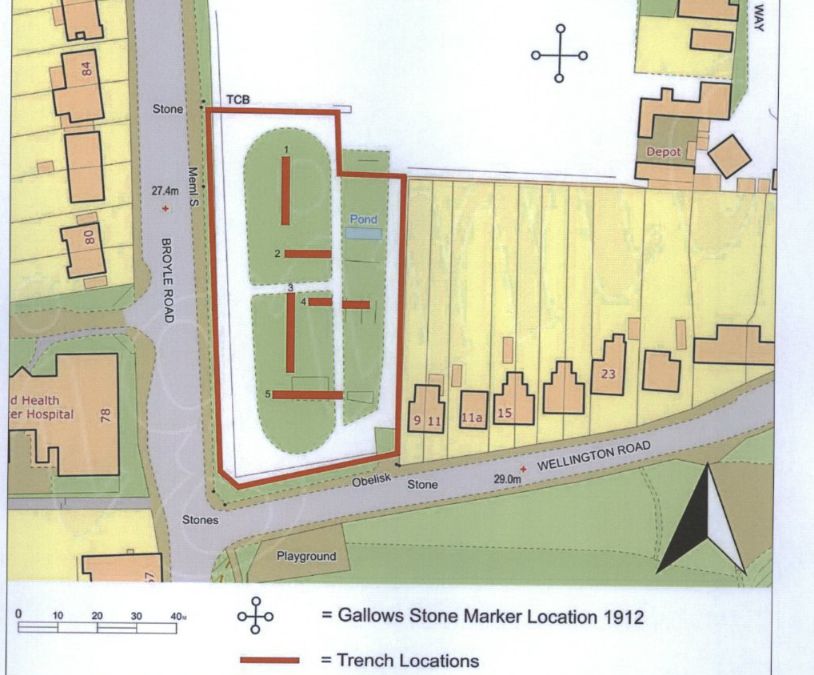
Archaeological and Historical Background
2.1.1 An Archaeological Desk-based Assessment was produced for the site in 2014 (AMEC 2015),
and a summary of the key findings are reproduced below.
2.1.2 A small Palaeolithic handaxe was found in an evaluation 150m east of the site. There are no
records of Mesolithic finds within 500m of the site.
2.1.3 Early Neolithic pits containing pottery and flintwork were found at Baxendale Avenue some 150m
south of the site, and four small pits, one containing later Neolithic pottery, during evaluation a
Read more: Archaeological Evaluation at Lower Graylingwell, Chichester
White Horse / Prezzo
Max T
I recall that there is a short length of tunnel (blocked off at both ends) under the old White Horse pub in South St. (now Prezzo restaurant, since 2005). Story in the pub was that it was part of a tunnel running from the Cathedral up to the Guildhall in Priory Park. Although the tunnel is there, I was never sure of its true purpose or the truth of its start / finish. Thought that it was worth mentioning it on here though.
peterborough tunnels
One of the most common questions I’m asked about Peterborough’s history is whether there are any tunnels under the city. Local legends say that there is a tunnel stretching from the Cathedral to Monk’s Cave at Longthorpe. Similar tunnels are alleged to stretch from the Cathedral to the abbeys at Thorney or Crowland.
These are familiar myths in many historic cities across the UK, mostly urban legends based on half remembrances of sewers, cellars or crawlspaces, coupled with wishful thinking and rumour.
The stories of tunnels from Peterborough to
Graylingwell Heritage Project
'Graylingwell Heritage Project', 'graylingwell-heritage-project', '
BENEATH THE WATER TOWER
The Graylingwell Heritage Project has been a community based heritage and arts programme located in Chichester, West Sussex.
The original Victorian buildings had a central boiler house with the water tower which is, after the Cathedral spire, by far the tallest building in Chichester. And if you go up to the Trundle and look down on Chichester, the only two buildings you can see are the Cathedral spire and the Graylingwell water tower.
Why build a cellar

First, there are no maps in the presentation to hidden tunnels , all information is in the public domain and if we get distracted during our searches that is only natural.
I will try and make this as interesting as possible and we will not be getting our boots dirty.
Why have a cellar?
Having a cellar was actually quite an expensive and a time consuming affair. Most people didn't. There was no point unless there was something to store or servants to hide.
27 East street
MB
My mum worked 27 east street and when it flooded in the 90s they found a big cellar and you could look down into an area which was like a tunnel
Graylingwell plan with well and springs ponds
Graylingwell plan with well and springs ponds.
st johns church
About 50 years ago in the vestry of St. John’s Church In Chichester a flag stone was taken up by some teenagers and a tunnel was revealed. Apparently it runs along under St Johns Street in a south / north direction
.MS
whyke lodge
